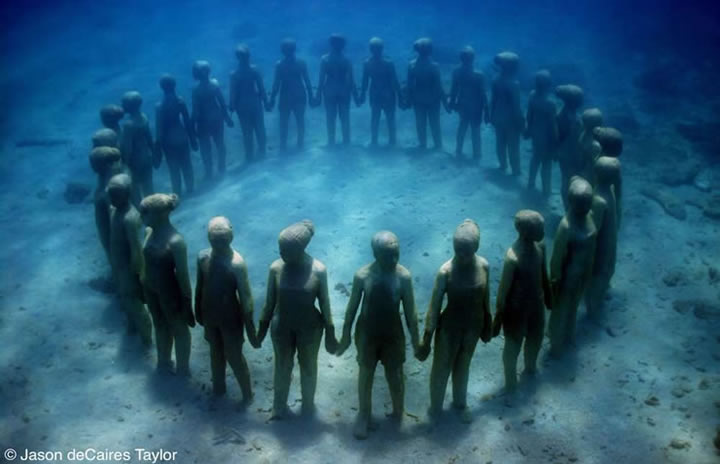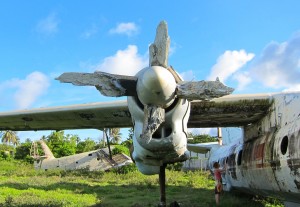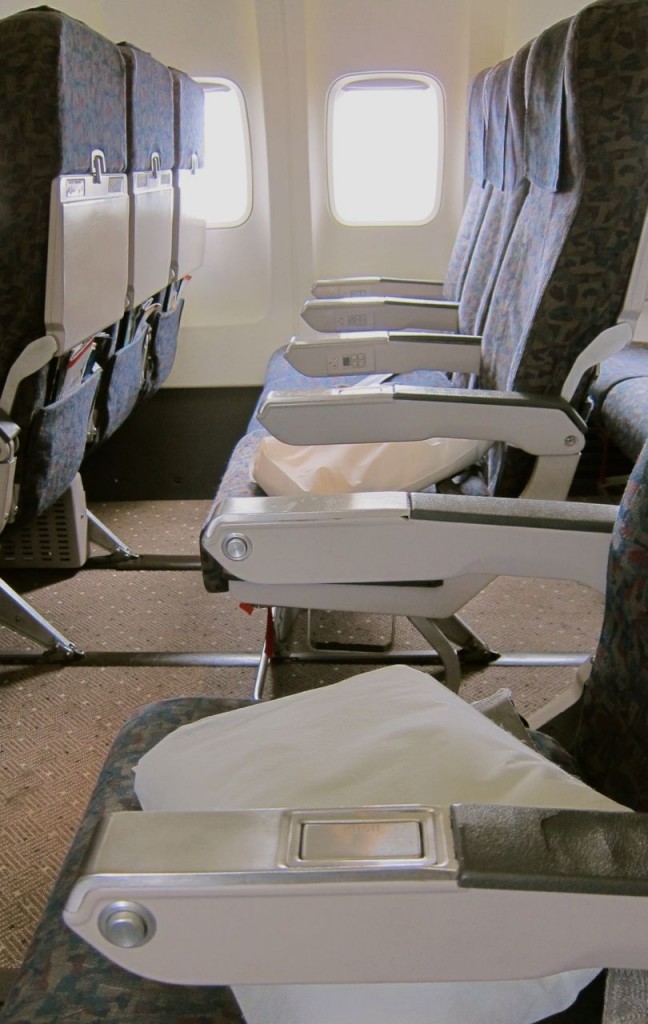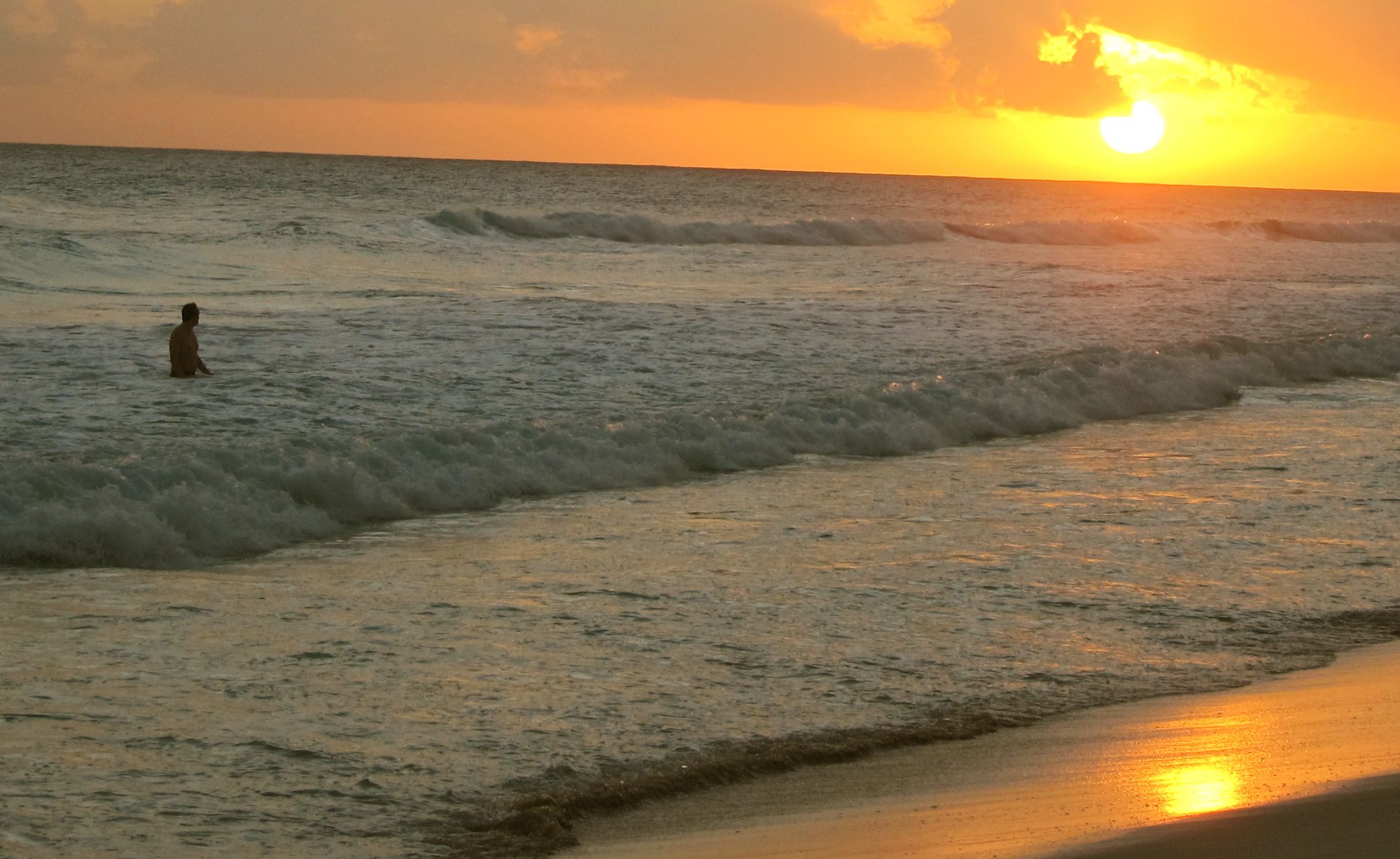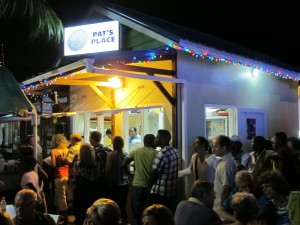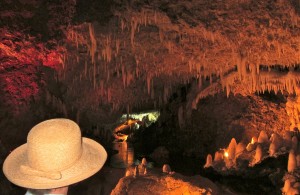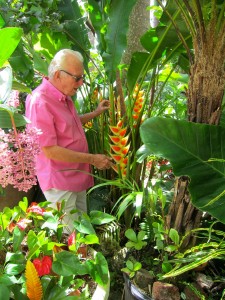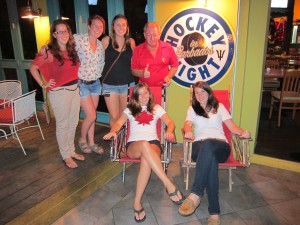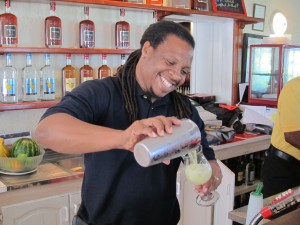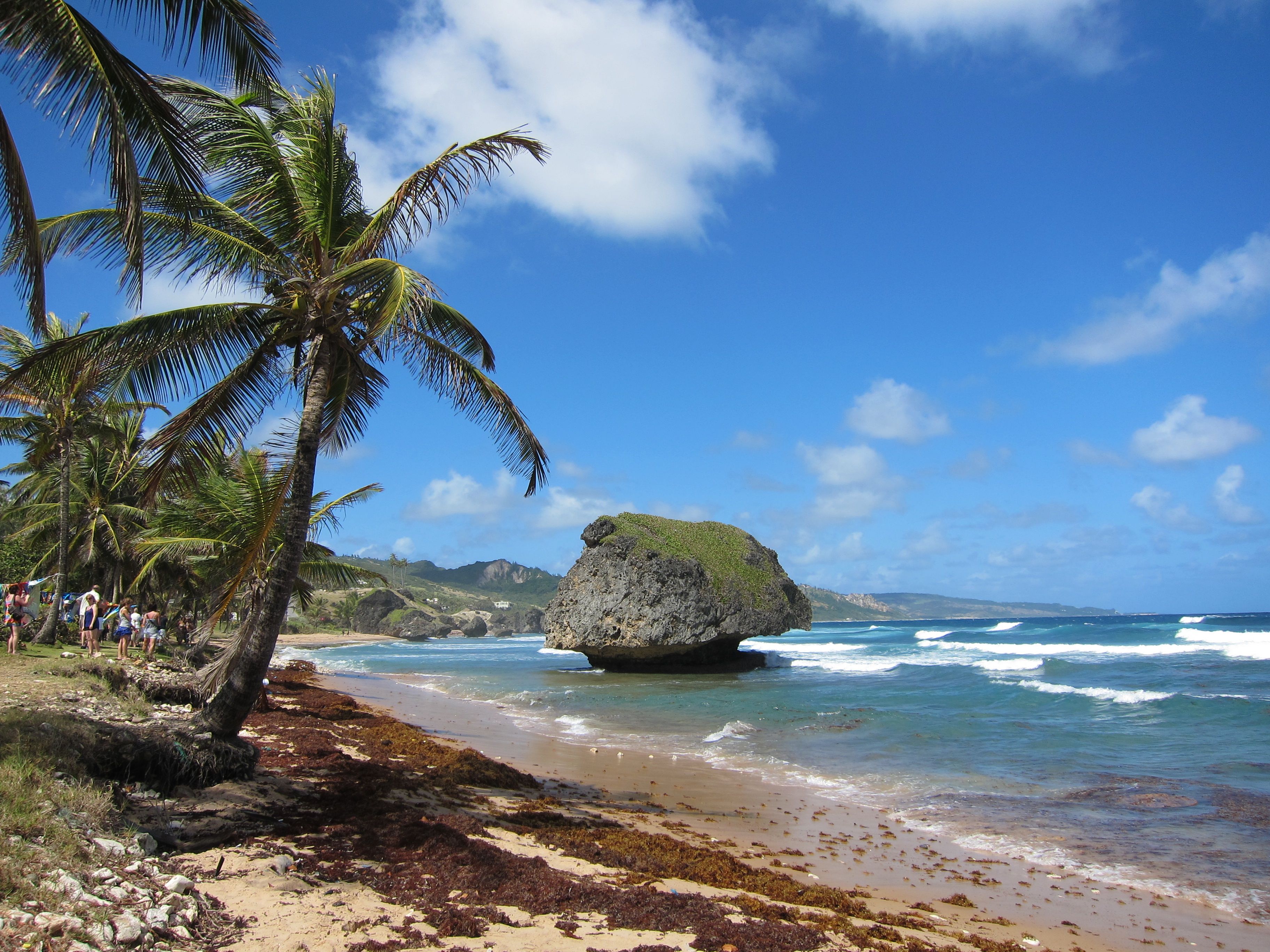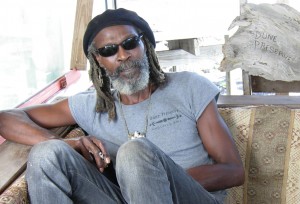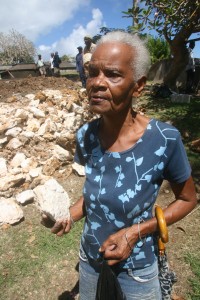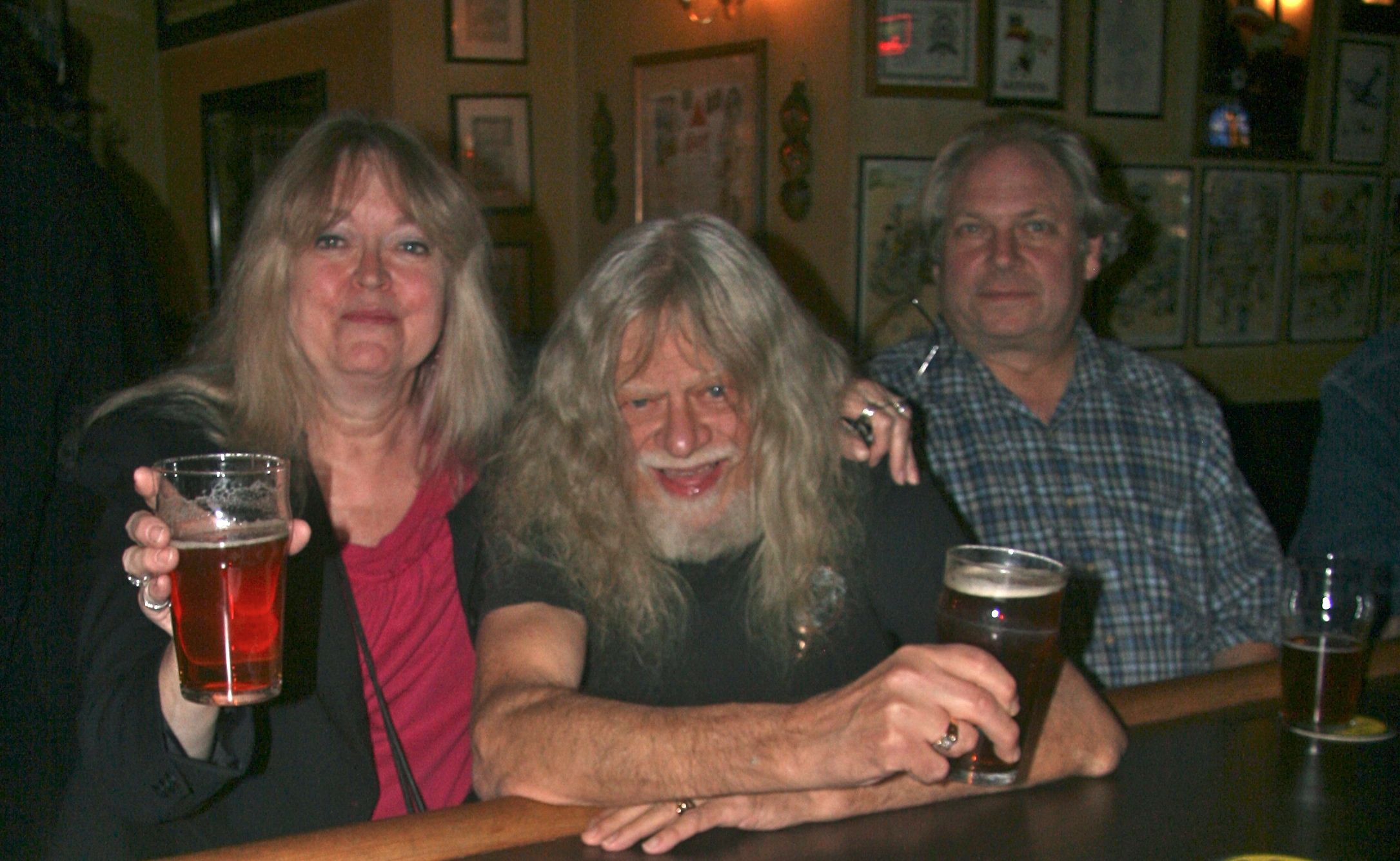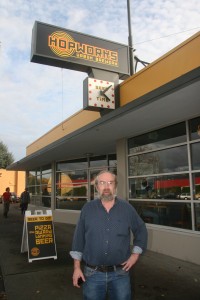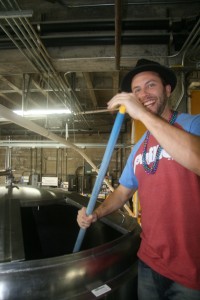The Scottish capital is a wonderful, walkable city that everyone should visit at least once, and if you abhor lineups or need a little space to yourself, you just might find that visiting in the off-season makes most sense. February was good.

By STEPHEN WICKENS, EDINBURGH
Zo Sasaki planned his return visit to Scotland’s capital for three decades, and in all that time he was certain of one thing: he would make the trip in the off-season.
Back in the mid-1980s, he and his wife, Mari, did a European tour in June for their honeymoon. “Almost perfect,” Mr. Sasaki told me as we ate ice cream on a gorgeous February day in Holyrood Park at the foot of Arthur’s Seat.

Yes, ice cream.
For while, there was even a lineup for the ice cream truck – in Edinburgh – in February.
“Such a beautiful city, lots to see,” the Tokyo resident said, “but last time Edinburgh Castle (was) way too crowded. Holyrood Palace? Closed. Queen Elizabeth (was) living there. Summer visit? I say wrong month.”
This time, the Sasakis visited both the landmarks anchoring the ends of the Royal Mile, which is central to the old town. Much to Mr. Sasaki’s surprise, even his climb to Arthur’s Seat (a small but special mountain overlooking Holyrood) was more pleasant in winter, thanks to calm and sunny weather.
“Last time, rainy, windy, cold – in June!”
Mr. Sasaki, a civil engineer, then told me something I’d never considered when planning my trip from Canada: Depending on location, February is the driest or second-least rainy month in Britain (something a little light Googling seems to confirm).
Add in the fact that flights and hotel rooms are cheaper in February – especially this year with the Brexit-battered pound – and you might have a good alternative to the usual sun-and-sand vacation.
At Edinburgh Castle, on a sunny Sunday, our guide told us only about 2,000 visitors were expected. It was 8 C (about average for late February) and the daffodils and crocuses were in bloom. That 2,000-person turnout was still healthy – enough to make the thought of 10,000+ on days in peak season scary. “And there are big queues in summer for the honours (crown jewels) and some of the more popular areas of the castle,” our guide said.
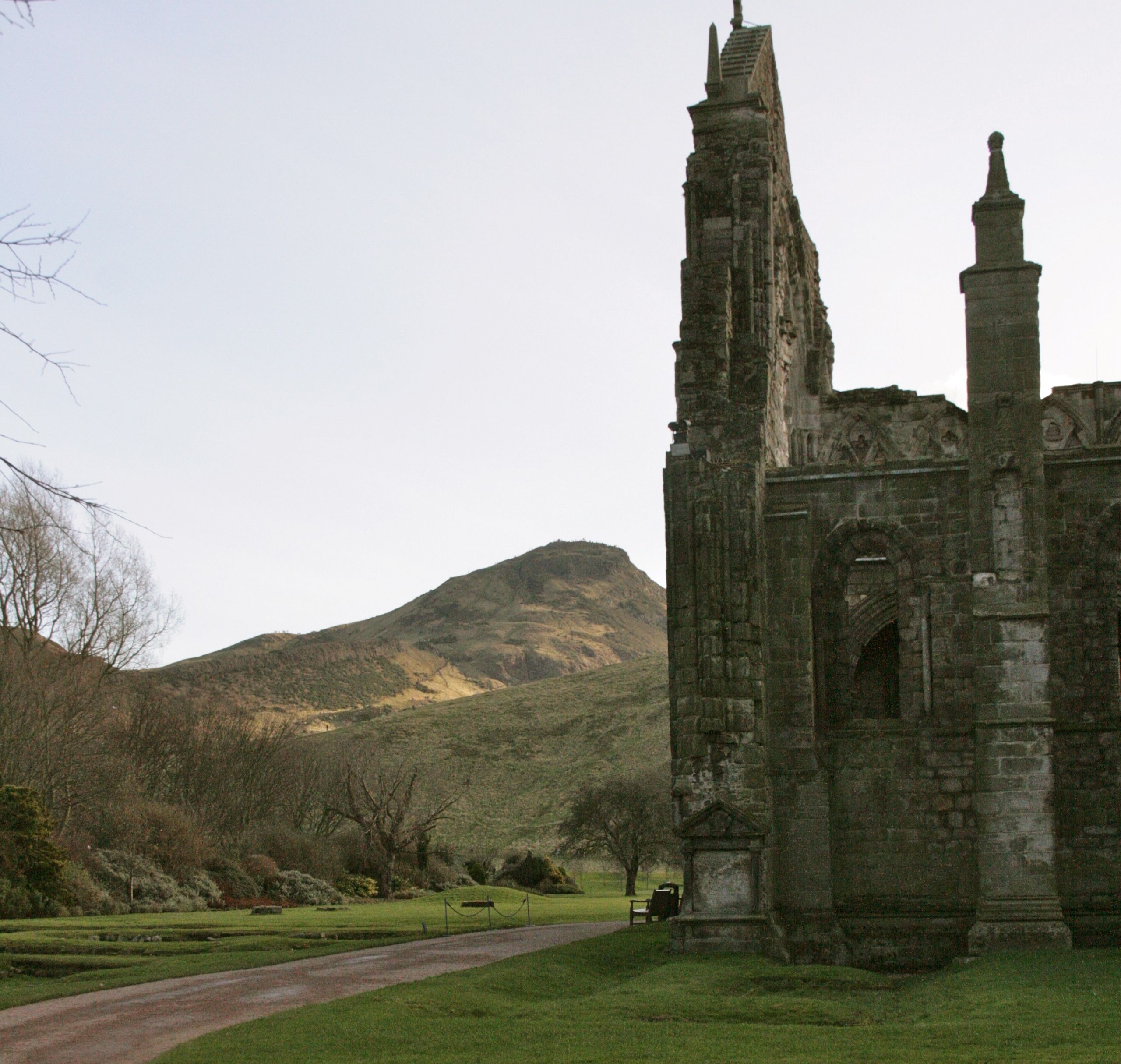
Seasonal popularity is a similar story at Holyrood Palace and, indeed, there is still a week each June when it’s shut for the Queen’s annual visit – as the Sasakis discovered. This time Mr. Sasaki loved Holyrood and the surrounding abbey ruins. And the lure of a return hike up Arthur’s Seat was too strong to resist (though not for Mari, who returned to their hotel for a nap).
“It’s so beautiful from the top,” Mr. Sasaki said. “Perfect.”
It must be pointed out that Mr. Sasaki would again rate his overall trip only an “almost perfect,” pointing out that some galleries are closed on Sundays in winter (and explaining that the nasty black eye he was sporting came from the elbow of a woman who was taking off her jacket while passengers took their seats on the plane at Narita).
My trip was almost perfect, too, having picked a good hotel, the Carlton (which was being refurbished at the time). It’s both on the Royal Mile and next to Waverley, the main train station (handy since I’d arrived by rail from London, after a few lovely days in York).
I also saw a couple of very good bands just down the street at a gritty club called Whistle Binkie’s (live music seven nights a week).
What might have made my visit perfect?
Edinburgh’s not a big city, but it certainly deserves much, much more than 48 hours (in fact, when I do the return trip I plan to give Scotland as a whole some real time). I also wish I’d known earlier than the evening before I had to leave, that – even in off-season – reservations are a must at Mother India, a curry restaurant that several people recommended.
FIVE EDINBURGH TIPS FROM MY LIMITED EXPERIENCE

Food and drink: I’m more of a halibut man in Canada, but the haddock and chips at The World’s End on the Royal Mile was great both in quality and quantity; perfect with a local ale. Lots of places offer haggis, neeps and tatties: the traditional ground-lamb dish with turnips and potatoes, both mashed. Try it. And, even if you think you don’t like scotch, try one or two. There are many styles; one might be just right for you.
Footwear: Among the craziest things I saw – two nights in a row, no less – were women (locals I believe) who chose high heels for an alcohol-fuelled night out on the cobblestones. Don’t try it, even sober. This is a town for comfortable shoes and hiking. It’s hilly, but getting around on foot is the way to go here. It took me about 30 minutes to climb to Arthur’s Seat, much of the time thinking about my long-gone dad’s recollections of doing the same hike with his dad while on school holidays back in the late 1920s. (They arrived on The Flying Scotsman, granddad doing double duty, driving for the London and North Eastern Railway while minding a 10-year-old on the footplate of the iconic locomotive in an era long before the advent of workplace-safety bureaucracies).
Advance reading: Though it contains sloppy mistakes, Arthur Herman’s How The Scots Invented The Modern World is an excellent and entertaining primer that will allow you to appreciate the many monuments to Scotland’s Enlightenment luminaries (I may reread it before I go back). Ian Rankin detective stories and a little Walter Scott may help you set the mood. Films such as Trainspotting and The Prime of Miss Jean Brodie might help to attune your ears.
Architecture tours: I regret that time ran out before I could fit one in, but I’m very glad I got over to New Town, a very walkable early example in the field of urban planning, and a crucible for the Georgian style that spread around the globe.
Sleeper attraction: Camera Obscura is apparently the oldest purpose-built tourist attraction in Scotland, dating back to 1835 and in its current spot since 1853. It would have been high-tech originally, but its use of mirrors optical illusions and its incredible collection of mind-altering phenomena is clearly impressive and fun for people of all ages. No wonder I saw a group of youngsters smoking a joint before paying their admission fees.
